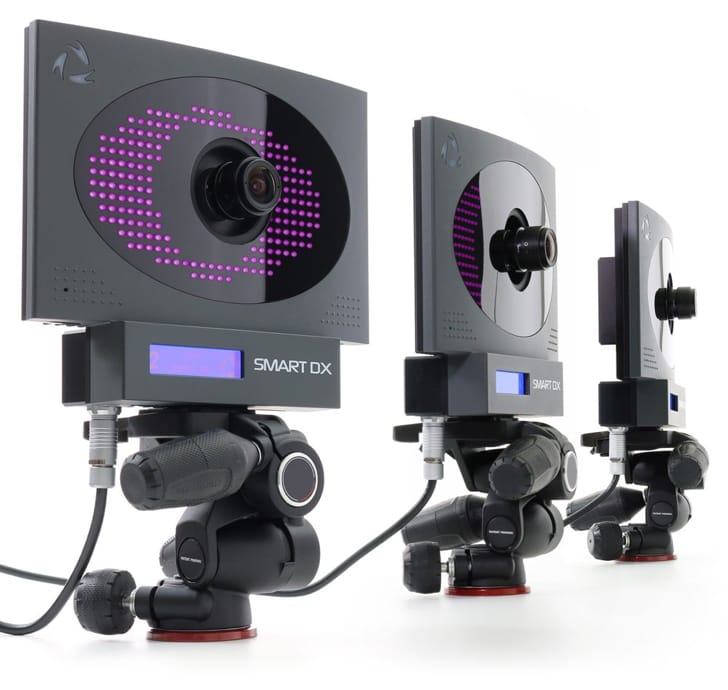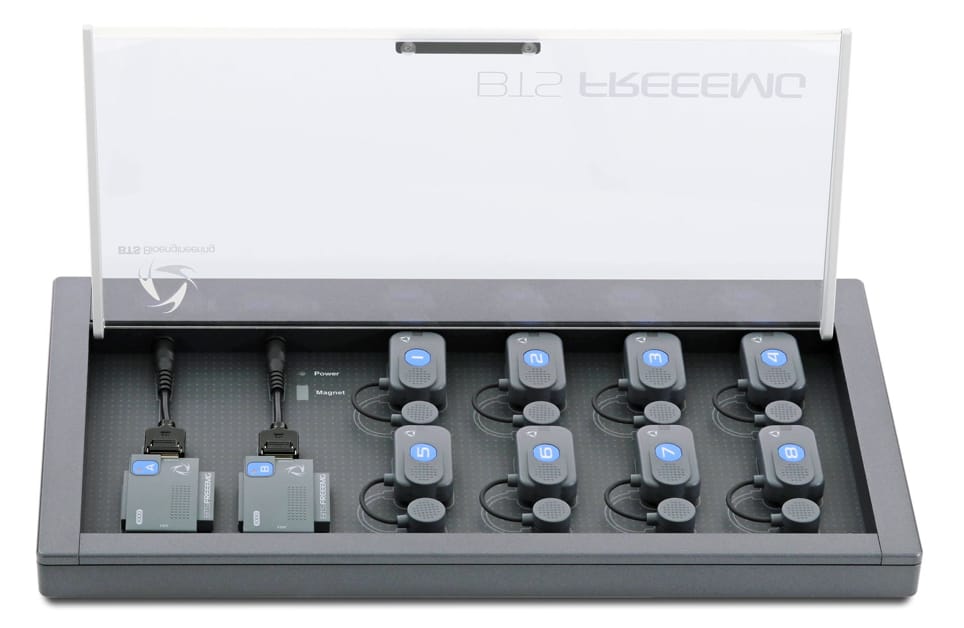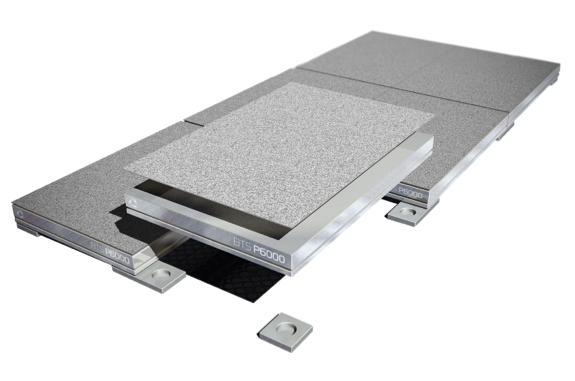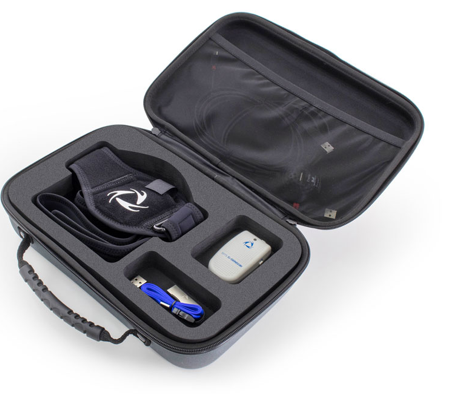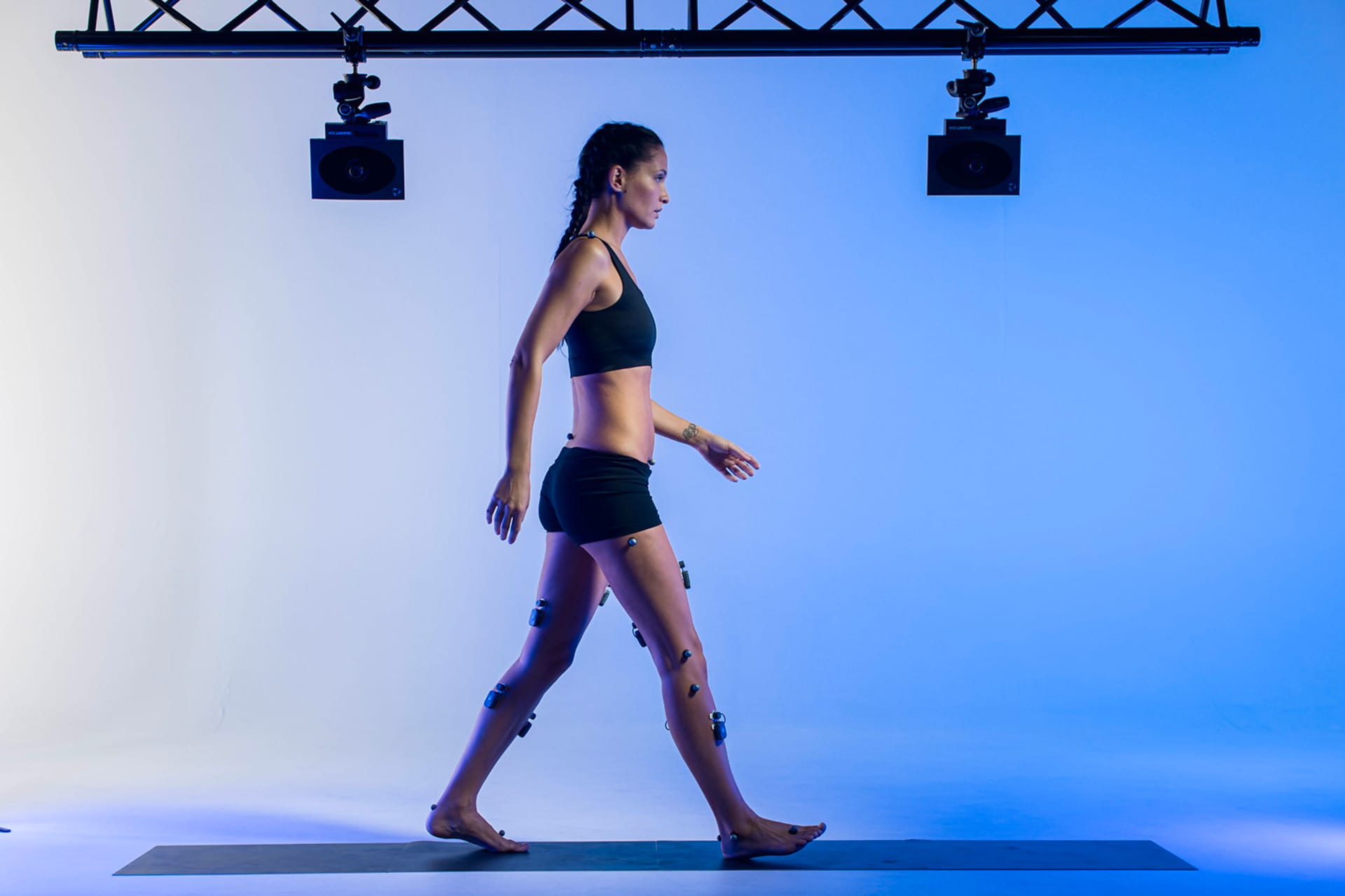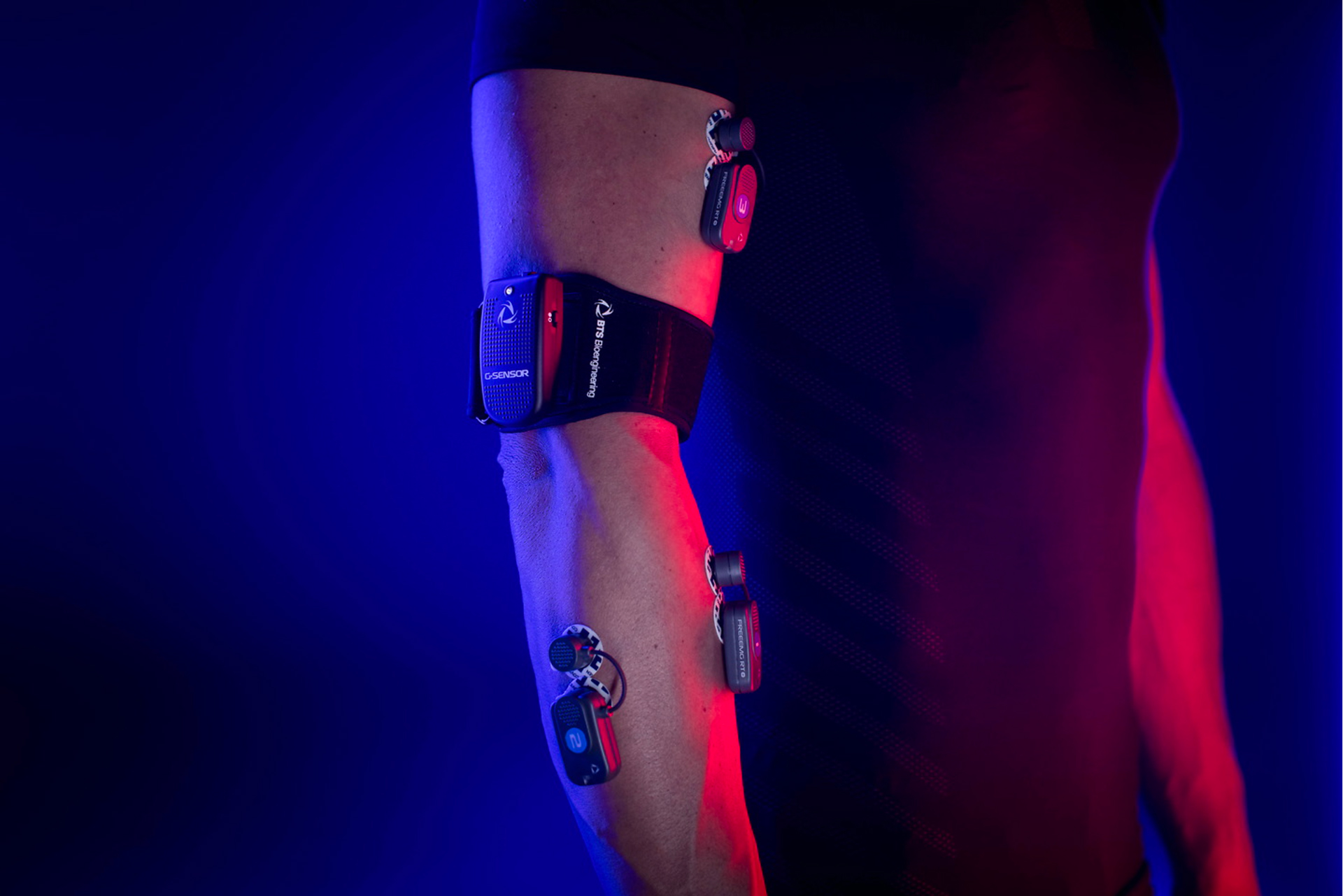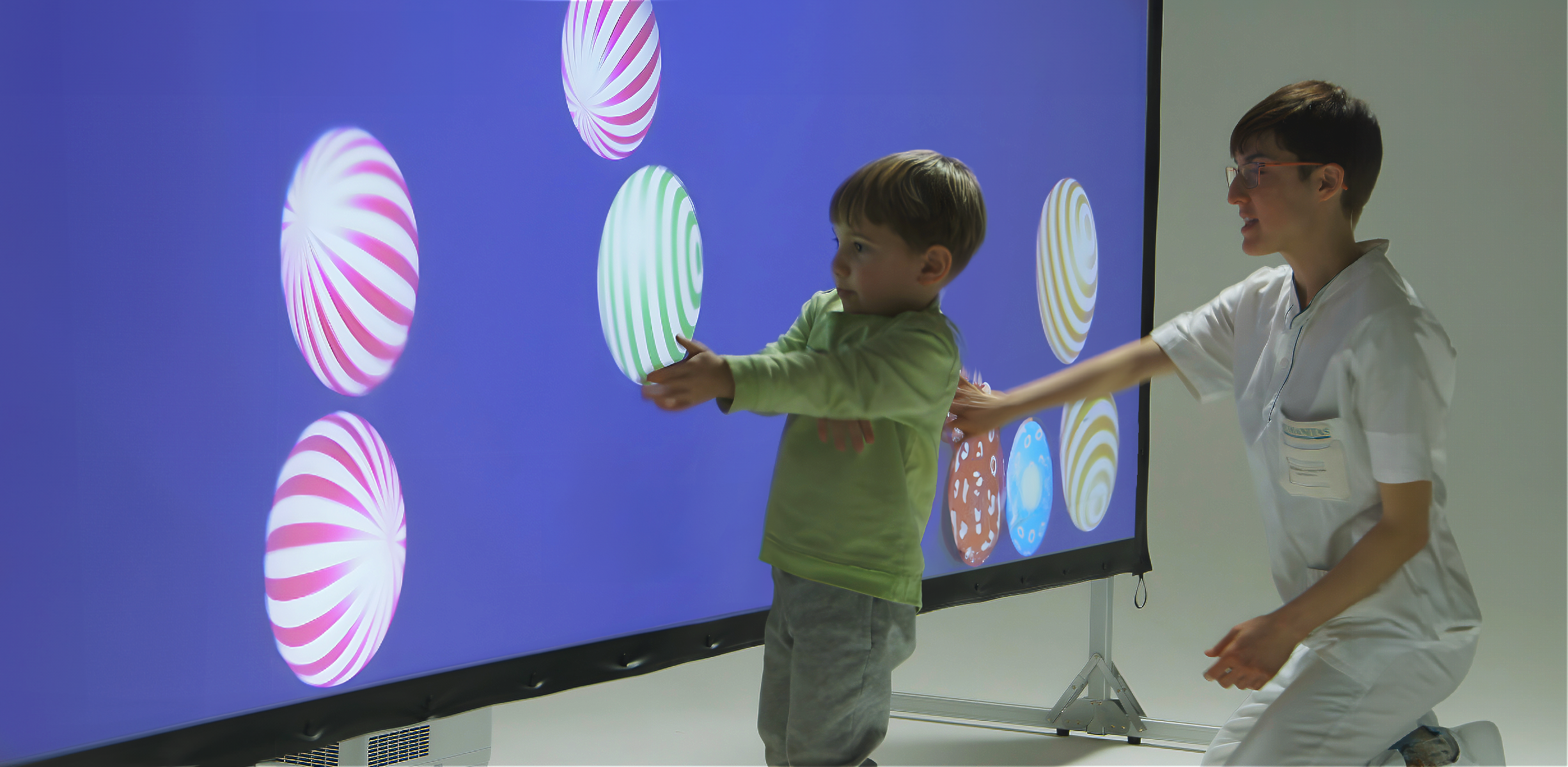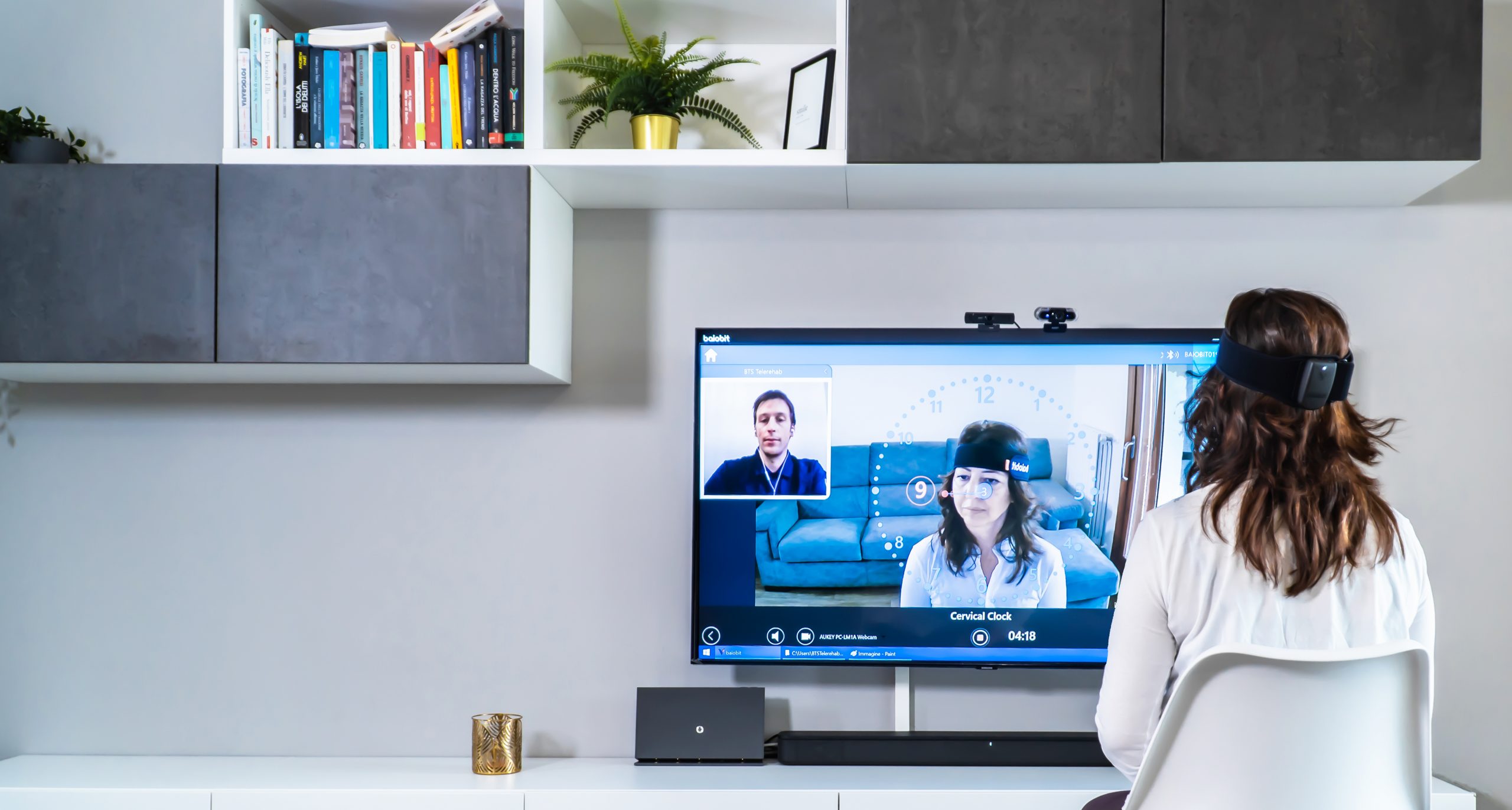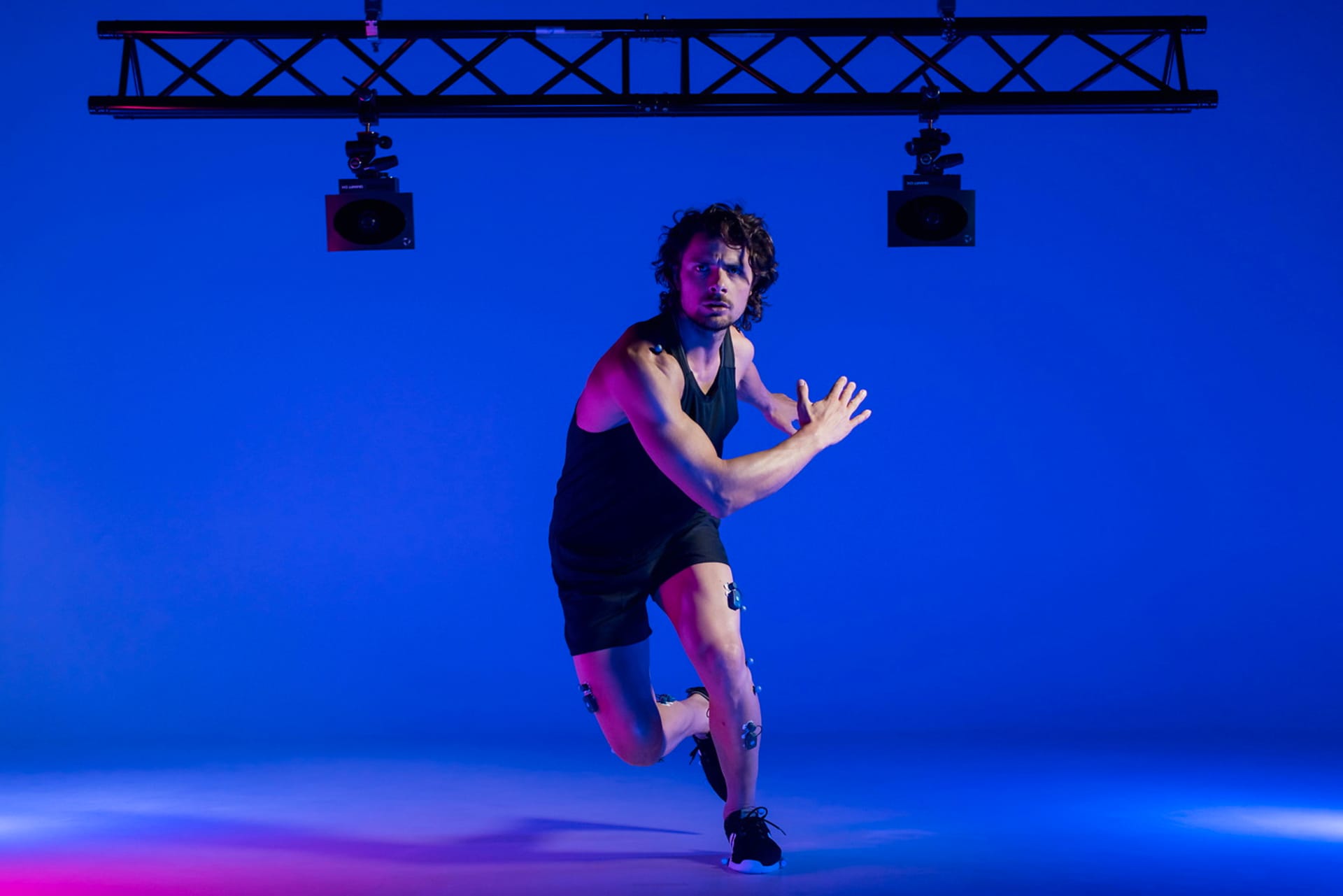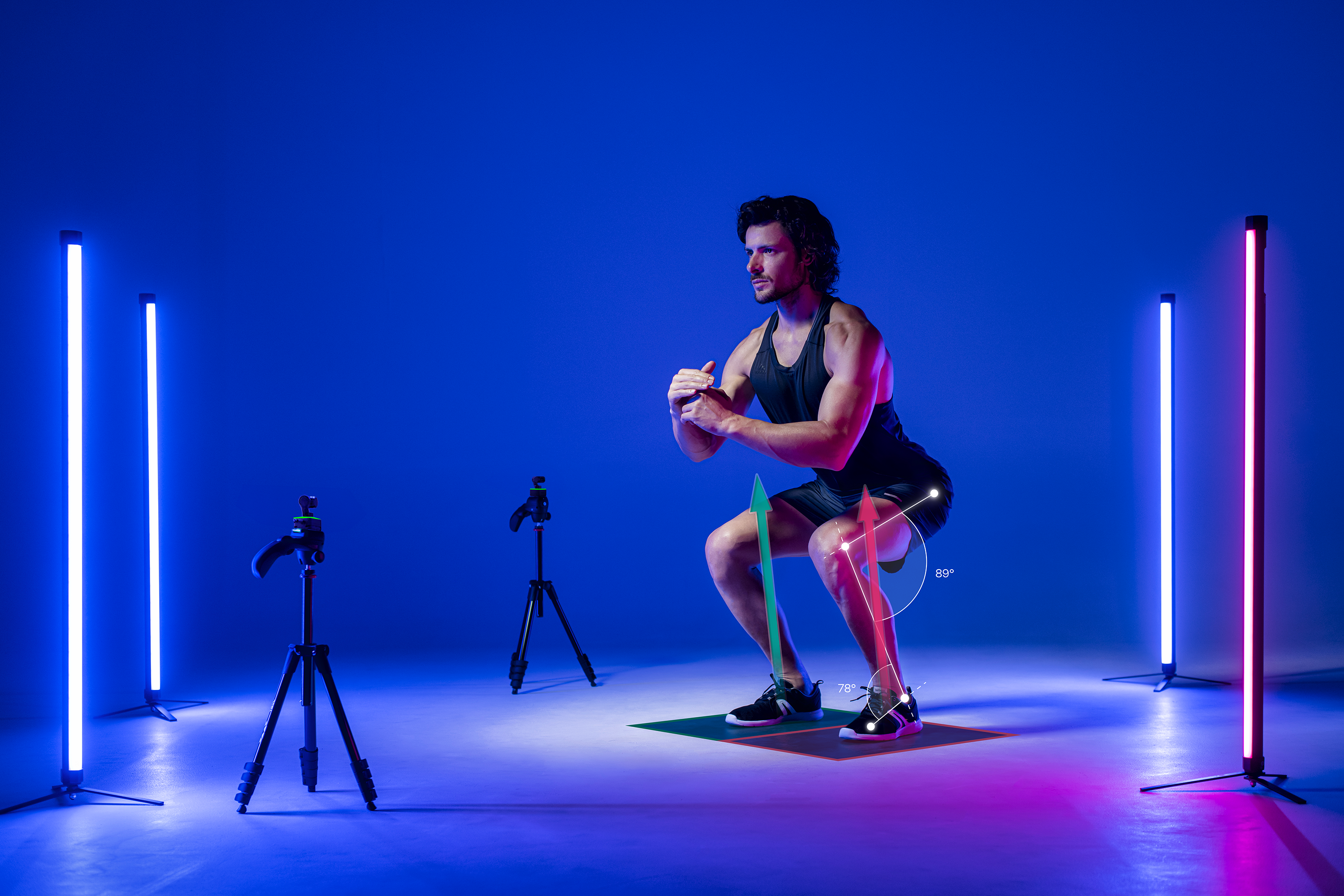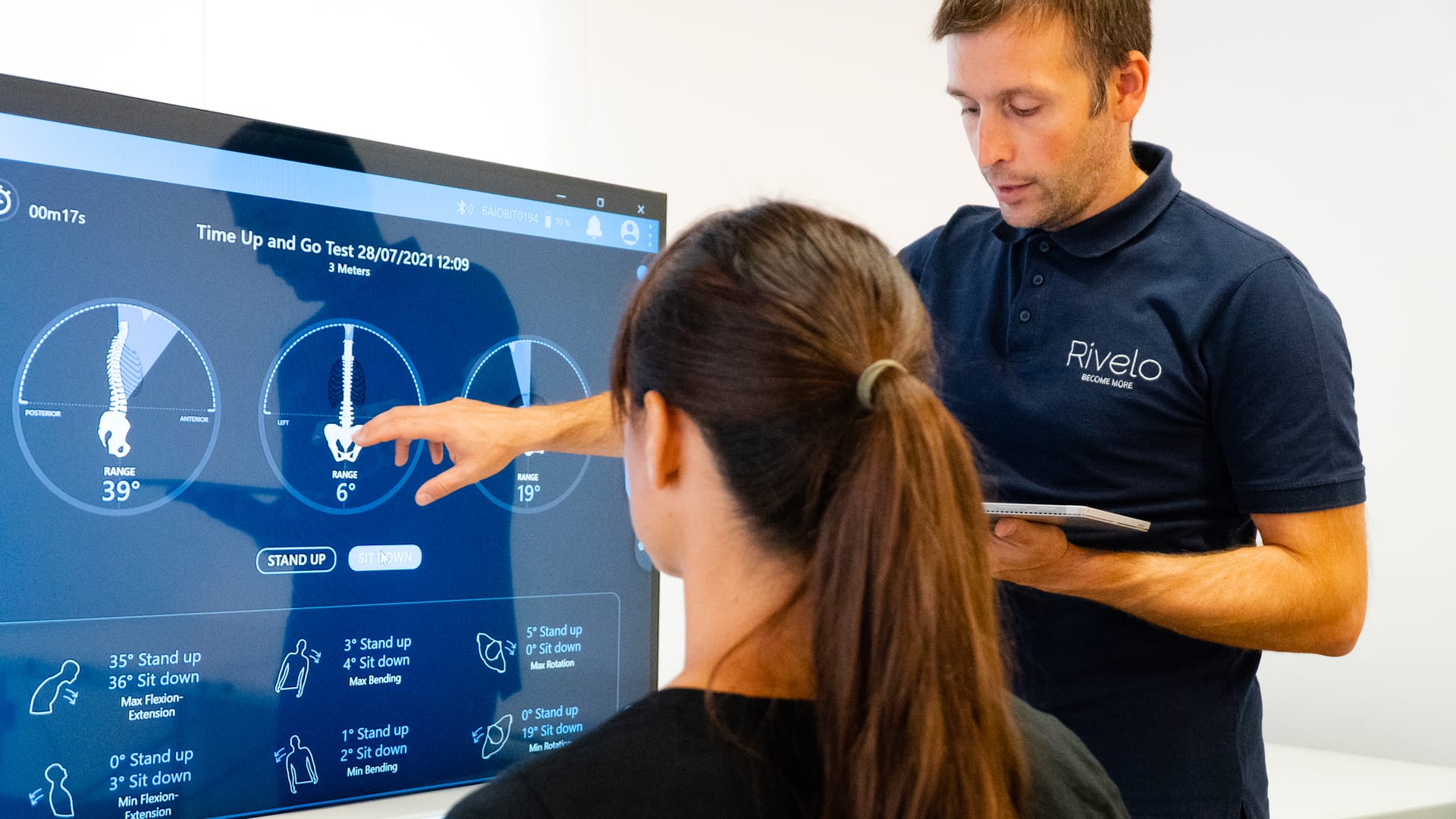An automatic rehabilitation exoskeleton to get back to walking
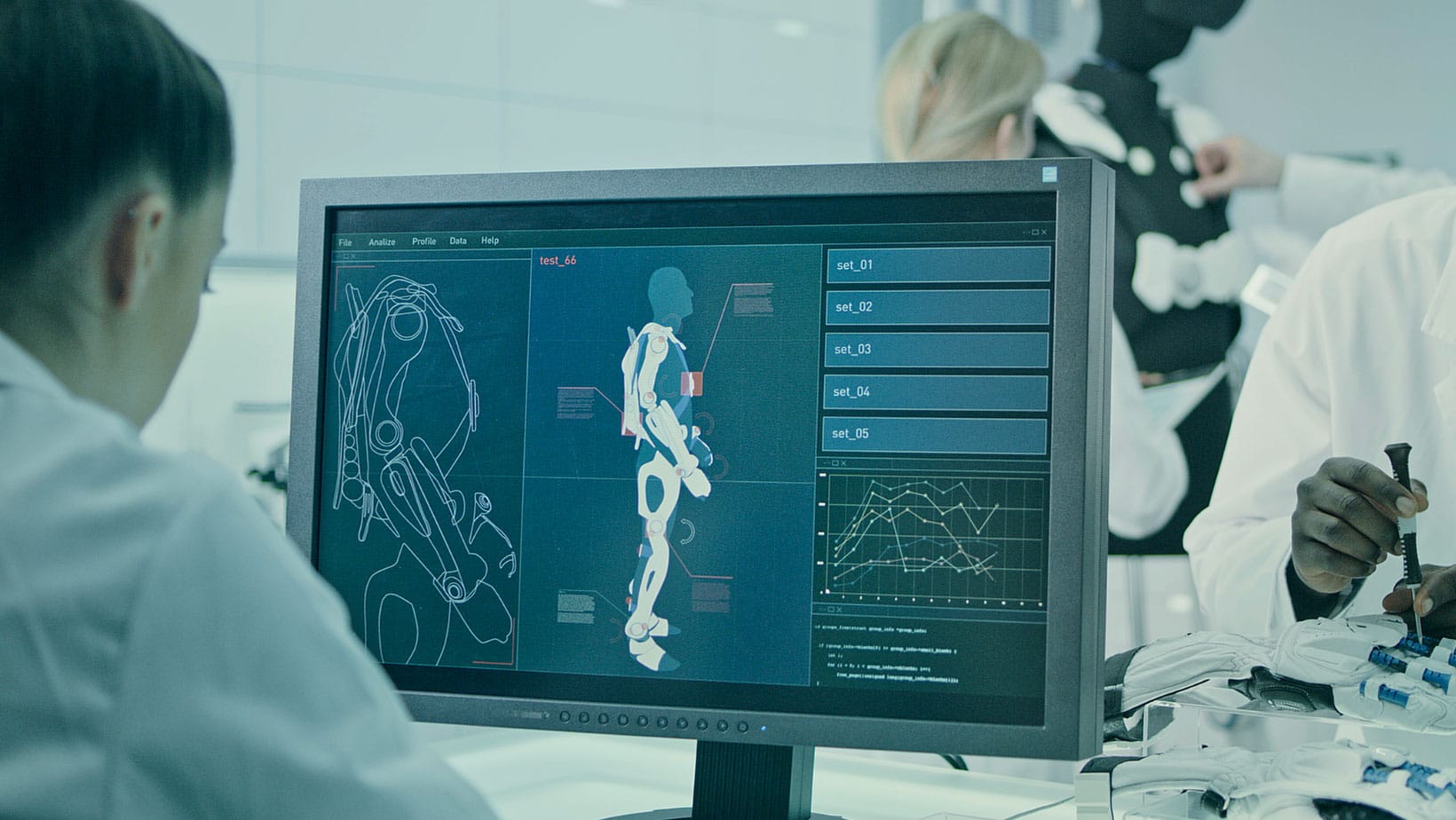
Stroke often causes motor disabilities that must be treated to promote patients’ autonomous gait. Brain damage often affects lower limbs, negatively impacting gait.
The rehabilitation process is fundamental in these cases because it stimulates a remodeling of the synapses of the affected brain areas to create new motor control circuits.
Along with a series of standardized protocols, we now find experiments on the use of robotic-assisted rehabilitation, that help specialists plan the progression of exercises and the challenges that may be proposed to each patient.
Assisted robotic rehabilitation has recently been the subject of a study conducted by a team of specialists from Nearlab @ Lecco Department of the Politecnico of Milan and Villa Beretta Rehabilitation Unit of Valduce Hospital. The study analyzed muscle activation in neurological patients, a key factor to restore walking ability and reduce maladaptive neuroplasticity. The analysis was carried out thanks to our EMG system, allowing for obtaining the patterns of each patient.
From a careful observation of patients undergoing rehabilitation with automatic wearable exoskeleton, equipped with specific sensors for each kind of pathology being treated, it emerged that the fine tuning of an automatic calibration procedure is crucial to maximize the device setting for each patient.
